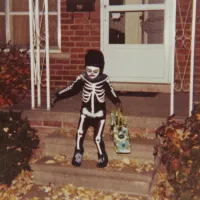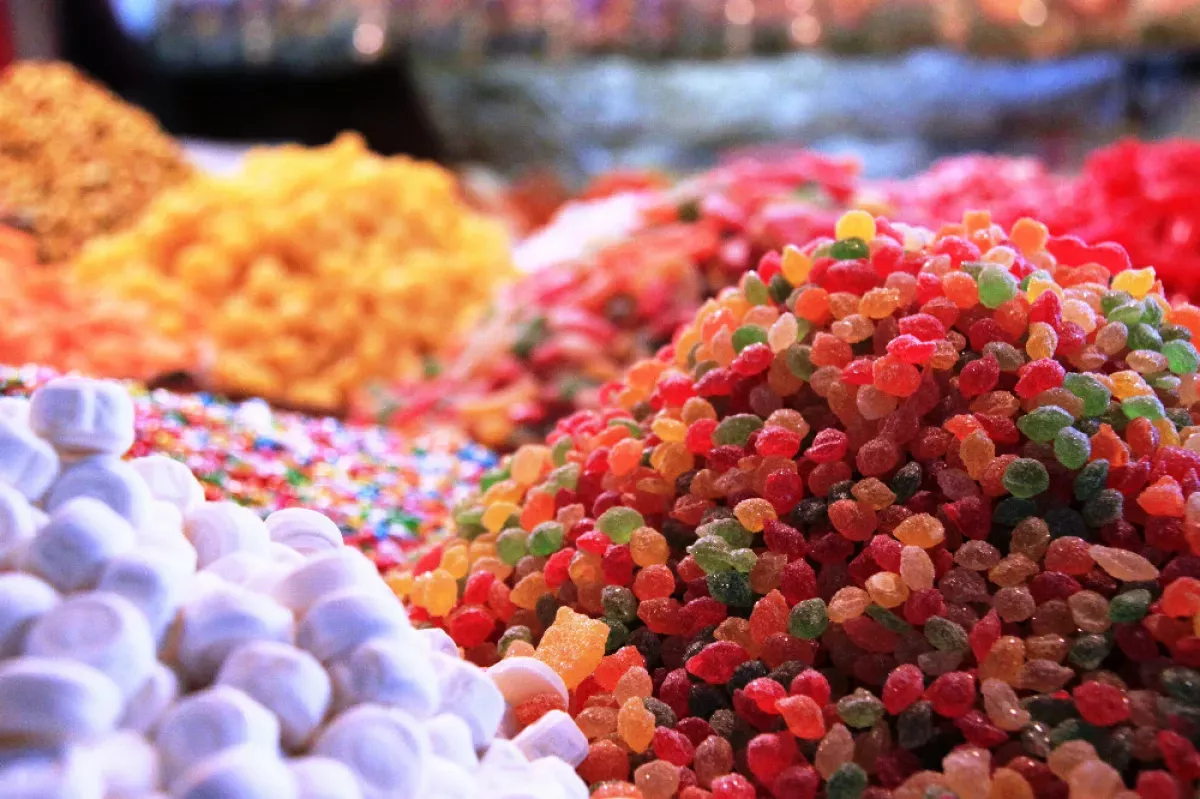Candy, also known as sweets or lollies, is a confection primarily made of sugar. The broader category, sugar confectionery, includes chocolate, chewing gum, and sugar candy. Candied foods are those glazed and coated with sugar, often including vegetables, fruits, or nuts.
1904: Candy-Coated Cereal at World's Fair
Quaker Oats introduced a candy-coated puffed wheat cereal, similar to Cracker Jack, at the 1904 World's Fair.
1906: Pure Food and Drug Act
In 1906, the Pure Food and Drug Act, the first US federal law regulating food and drugs (including candy), was passed due to research on additive dangers, exposés of the food industry, and public pressure.
1914: Early Candy Wrapping Machines
Some machines for wrapping gum and stick candies existed by 1914, though it wasn't yet common practice.
1916: Polio Outbreak Impacts Candy Packaging
The 1916 polio outbreak led to widespread criticism of unwrapped candies due to concerns about dirt and germs. At the time, only high-end candy stores typically used glass jars.
1925: Advancements in Candy Packaging
In 1925, advancements in technology brought wax paper into wider use for candy packaging. Foil and cellophane were also imported from France to the U.S. by DuPont. Necco was among the first to implement packaging without human touch.
1939: Ranger Joe Cereal
In 1939, Ranger Joe, the first pre-sweetened, candy-coated breakfast cereal was introduced, though unsuccessfully.
1948: Sugar Crisp Cereal
Post Foods launched Sugar Crisp (originally Happy Jax) in 1948, marketing it as a breakfast cereal, snack, and candy, using the mascots Candy, Handy, and Dandy.
1959: Swedish Dental Health Campaign
A 1959 Swedish campaign promoted limiting candy consumption to once a week to improve dental health, creating the "lördagsgodis" (Saturday candy) tradition.
2009: Toy Safety Directive
The EU's Toy Safety Directive 2009/48/EC established rules for toys within food products, mandating separate, non-swallowable packaging.
2012: Global Candy Sales
In 2012, global candy sales reached an estimated US$118 billion. In the US, twice as much money was spent on chocolate as on non-chocolate candy.
2019: Halloween Candy Sales
Halloween candy sales increased substantially between 2019 and 2021, demonstrating ongoing popularity of the tradition.
2021: Halloween Candy Sales
Profits from Halloween candy sales in 2021 reached at least $324 million in the United States. Sales were up almost 60% from 2019.
2022: Popular Halloween Candies
In 2022, Reese's Cups, Kit Kat, and Snickers were the top three Halloween candies, reflecting the ongoing popularity of pre-packaged sweets for trick-or-treating.
2022: Flavorless Candy Developed
In 2022, a new type of candy was created. It was flavorless, hard, and not sweet.
Mentioned in this timeline
France officially the French Republic is primarily located in Western...

Trick-or-treating is a Halloween tradition where people in costumes travel...

Halloween is an annual celebration on October st preceding All...

Money serves as a universally accepted medium for exchanging goods...
Trending
2 months ago Six missing children found safe in Lancaster County after search by police.

2 months ago Halle Berry, 59, Celebrates Coastal Getaway in Stunning Bikini, Drawing Fan Acclaim.
20 days ago Hall High School in West Hartford went into secure mode; no weapon found.
2 months ago Kathryn Bigelow's 'A House of Dynamite': A Nuclear Thriller Commanding Attention and Calls for Disarmament
1 month ago Newly Built Chinese Bridge Collapses Months After Opening, Raising Safety Concerns
1 month ago Texas A&M Aggies: CFB Playoff Rankings, Lane Kiffin's Defense, and Playoff Picture
Popular

Tucker Carlson is an American conservative political commentator known for...

Candace Owens is an American conservative political commentator and author...

XXXTentacion born Jahseh Dwayne Ricardo Onfroy was a controversial yet...

Ben Shapiro is a prominent American conservative political commentator media...

William Franklin Graham III commonly known as Franklin Graham is...

Bill Gates an American businessman and philanthropist revolutionized personal computing...
